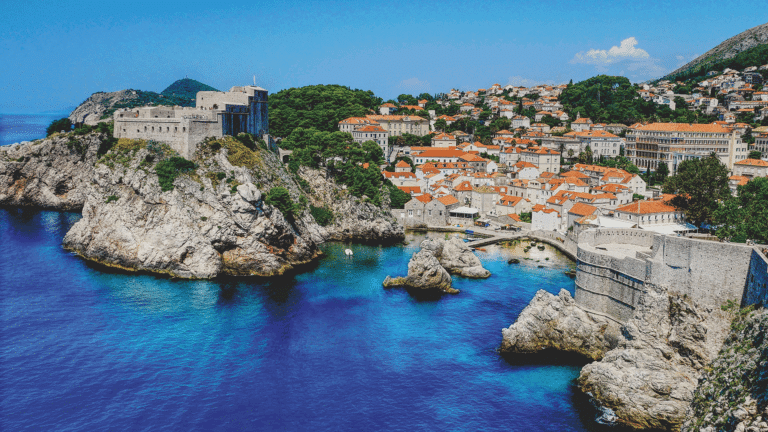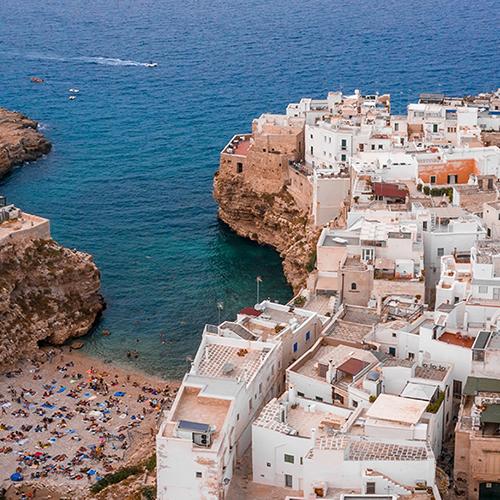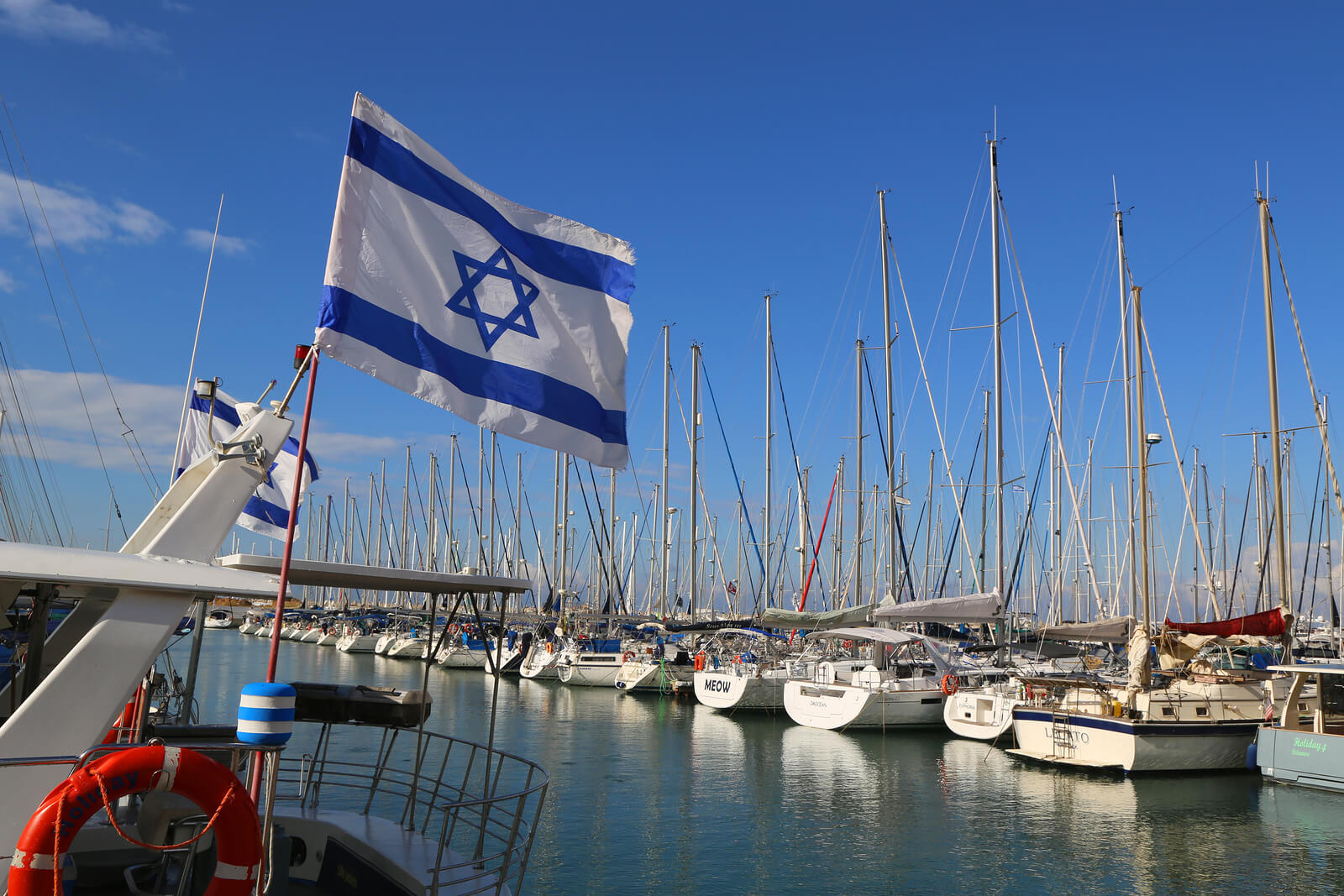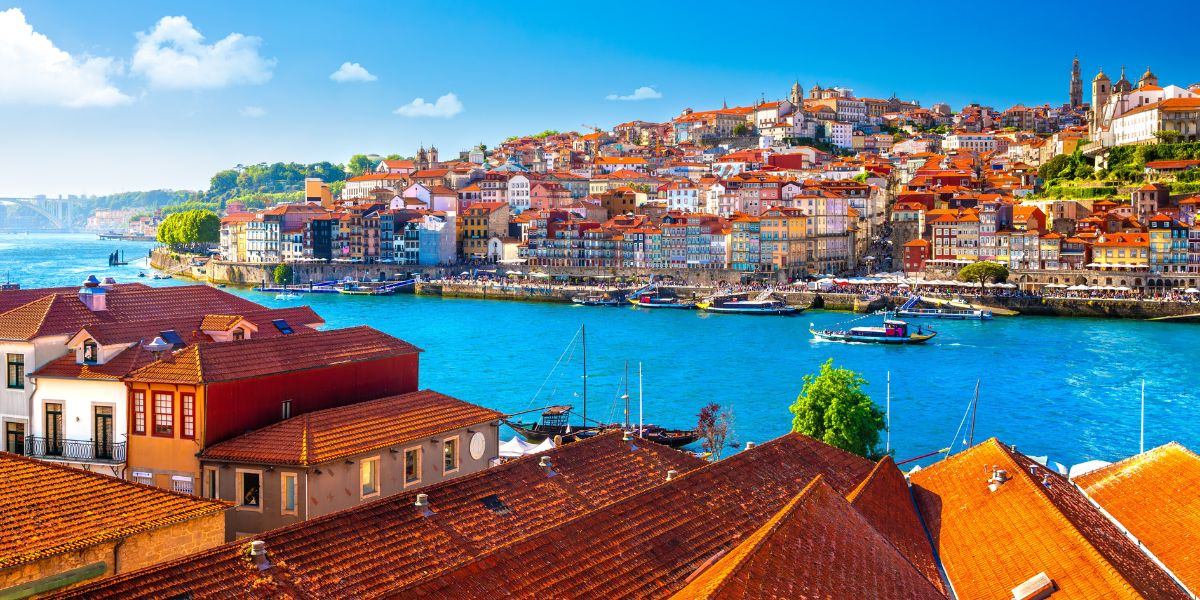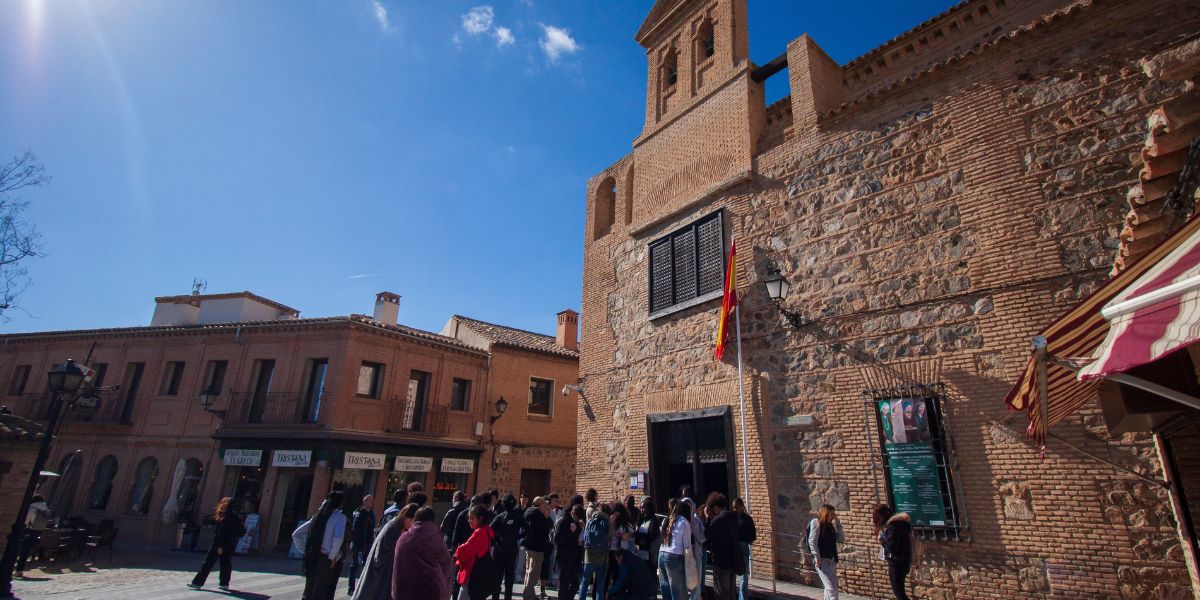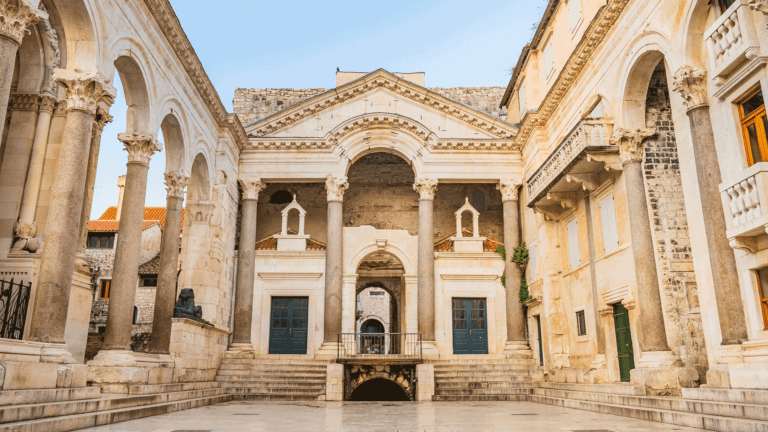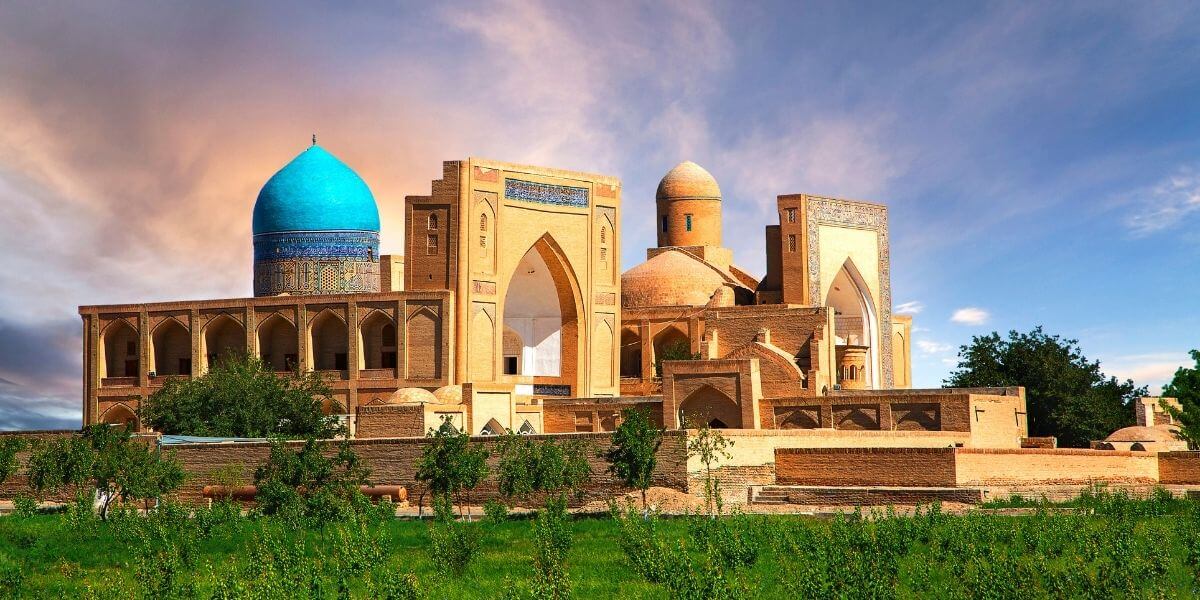Compromising just 3% of the American Jewish community, Sephardic Jews have still managed to make a great impact on Jewish life and culture. The Sephardic diaspora originated in Spain and extends to Portugal, Italy, Greece, Turkey, Morocco, Tunisia, and the Balkans. While this diverse community of Jews has made significant cultural contributions to Judaism and the world as a whole, they are now struggling to preserve their unique heritage and Sephardic traditions against the backdrop of assimilation and marginalization. Keep reading to learn about how Sephardic Jewish culture evolved over the centuries and what community leaders are doing to preserve its legacy.
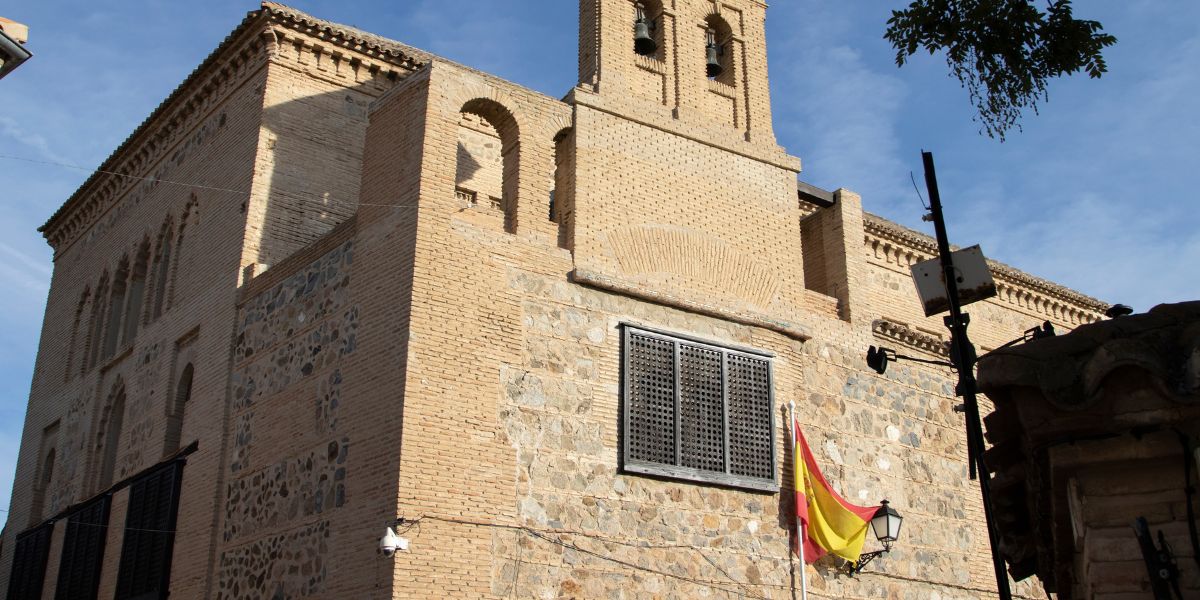
Historical Context of the Spanish Diaspora
Modern Sephardic Jewry has come a long way since they arrived in Spain after the destruction of the first and second temples in Jerusalem, to their eventual expulsion centuries later as a result of the Spanish Inquisition, and their dispersal across the Mediterranean, Ottoman Empire, and Europe, the Middle East, and North Africa. Take a look at the unique history of Sephardic Jews, how they adapted to their new environments, and how centuries of migration transformed their culture.
The Expulsion of 1492
We cannot speak about Sephardic Jewish heritage without discussing the Inquisition and the expulsion that led to the community’s dispersal and adoption of cultures across the globe while still preserving their unique identity.
After the Golden Age of Muslim rule in the Iberian Peninsula, Spain’s Catholic monarchy gave the country’s Jews an ultimatum: convert to Christianity or leave Spain. About half left Spain in search of a new home in the Mediterranean basin, Asia Minor, the Middle East, and Europe, while the Jews who chose to stay in their homeland accepted Christianity as their faith. Many of these new Christians attempted to retain their Jewish identity and faith by practicing their customs and traditions in secret, but most of these crypto-Jews eventually became Christians. Even today, a significant number of Christian Spaniards are descendants of Jews who lost their faith after the decree of 1492.
Migration Patterns
Following their expulsion from Spain, Spanish Jews, many with little more than the clothing on their backs, sought refuge in nearby states, such as the Kingdom of Portugal, from which they were soon expelled; Italian states; the Kingdom of Navarre, a kingdom between present-day France and Spain; the territories of the Ottoman Empire, like the Balkans, Greece, Turkey, and Croatia; and North Africa, in particular, Morocco.
The Jews who came to the Ottoman Empire benefited from the enlightened concept of convivencia, which promoted peaceful coexistence between religions and persisted when the Moors ruled Spain.
A small number of Jews journeyed to the Land of Israel, where they established thriving Sephardic communities in Jerusalem and Sefad that exist to this day!
North America saw its first Sephardic settlers arrive from Brazil onto the shores of New Amsterdam in 1654. These immigrants, who were mainly merchants, established themselves in American colonial port cities, such as Newport, Philadelphia, Charleston, and Savannah! It’s interesting to note that, unlike today, the Jewish communities in America were characterized by Sephardic culture until the 19th century.
Cultural Integration
Whether Sephardic, Ashkenazi, or Mizrach, since the exile of Jews after the destruction of the temples, they were almost constantly moving from territory to territory and thus needed to adapt to different cultures in order to survive. One great example of this is changing Jewish surnames to avoid persecution. Many chose to use their professions or translate their surname into the local language. After 1942, many Marranos chose the name of the parish church where they were baptized.
During the Muslim rule of the Iberian Peninsula, Arabic became the main language for Sephardic Jews, greatly facilitating their assimilation into Moorish culture and professional life. Thanks to the adoption of the local language, many Jews prospered in medicine, commerce, finance, and agriculture.
Preservation of Identity
Although modern Sephardic culture is experiencing a renaissance among the younger generation, it has lost many of its roots, especially in Europe and North America.
However, this was not always the case, and for many centuries, Sephardic Jews were able to keep their rich heritage and beautiful cultural practices alive. Through the preservation of Ladino, a Judaeo-Spanish based on Old Spanish, Sephardic Jews could read the literature, including poems, stories, liturgy, and customs, and pass it down from generation to generation. Ladino was also a way for Sephardic Jews from different cultures to communicate and bond with each other over their shared heritage and traditions.

Cultural Influences of Sephardic Heritage Today
Language and Literature
Estimates of current Ladino speakers differ significantly, ranging from 160,000 to 300,000 individuals with some knowledge of the language to approximately 50,000 to 100,000 fluent speakers.
After being expelled from Spain in 1492 and Portugal in 1497, the Sephardic Jews carried their distinctive language, Ladino, with them. Today, Ladino features a blend of Castilian Spanish and influences from Hebrew, Aramaic, Arabic, Turkish, Greek, French, Portuguese, Bulgarian, and Italian.
Although few people today speak Ladino, the language’s importance to Sephardic culture is evident in the preservation of literature, music, and art that was produced in Spain before the expulsion of Jews and passed down for generations afterward.
In addition to the arts, Ladino played a vital role in daily interactions in the home, streets, commerce, religious practices, and politics. It connected Sephardic Jewish communities throughout the Ottoman Empire, including the Balkans, Asia Minor, Europe, North Africa, Israel, and other Mediterranean countries. Ladino also served as a cultural bridge between Sepharadim and their Muslim and Christian neighbors.
Although the number of Ladino speakers has been dwindling, many young Sephardic Jews are working to resurrect this rare and culturally significant language – and not just to preserve Sephardic heritage! In 2017, the Spanish Royal Academy announced plans to create a Judeo-Spanish branch in Israel to promote and preserve the historical language. What makes Ladino stand out from other Spanish languages that developed around the world is that it maintained the language as it was spoken until the 15th century before the expulsion of the country’s Jews in 1492.
Cuisine
“Food is not rational. Food is culture, habit, craving and identity” – Jonathan Safran Foer
One of the best ways to experience a country’s culture and heritage is through its food. Sephardic cuisine, while originating in Spain, is a tapestry of flavors that reflect centuries of migration and the cultural exchange of Jews who spread throughout the Mediterranean, Middle East, and North Africa following their expulsion from Spain in 1492.
Sephardic cuisine is known for its bold flavors and colors, which result from the use of aromatic spices, fresh herbs, and seasonal produce. It’s a magical mix of Spanish-Jewish dishes and influences from the Sephardic diaspora, which introduced new cooking techniques and ingredients and created a cuisine that is culturally unique to the descendants of Spain’s Jews.
For example, if you take a Jewish heritage trip to Morocco, you will discover that the Spanish diaspora integrated their culinary heritage with local flavors, such as cumin, paprika, and saffron, into dishes such as traditional Moroccan tagines and savory pastries.
In the Ottoman Empire, Sephardic communities adopted local herbs such as mint and dill, cheeses, and rice-based dishes commonly used in Turkish and Greek cuisine. One popular cheese, Kasseri, is theorized to have been introduced by Sephardic Jews. Kasseri is said to come from Turkish kaşer, which in turn comes from the Hebrew word kosher. The cheese’s lack of rennet during its creation made it fit for the requirements of Jewish law.
Sephardic cuisine is a testament to the resilience and creativity of Jews in the diaspora, who strove to preserve their identity while assimilating and adapting to their new homelands through their food, which continues to be celebrated to this day by Jews and Gentiles alike!
Music and Art
Since ancient times, art has played a pivotal role in reflecting the identities of communities and cultures worldwide. In pre-inquisition Spain, Sephardic art thrived in genres such as poetry, music, painting, and architecture.
Sephardic poetry and music compromised a variety of styles and influences, reflecting the historical migrations of Sephardic Jews and their cultural exchanges with different host countries. One can also get a glimpse of the trials and triumphs of Sephardic Jews from the time of Muslim rule over the Iberian Peninsula through their dispersal in the diaspora.
These two mediums also demonstrate how Ladino evolved over time, from the Judaeo-Spanish used by Jews before their expulsion from Spain to the modern Ladino that eventually formed in the Sephardic diaspora, where local languages, such as Turkish, Greek, Italian, and Portugues, seeped in.
Another trait that makes Sephardic art unique is the clear Muslim and Christian influences seen in medieval paintings by Jewish artists, including painting techniques and artistic styles. Though greatly diminished, it’s still possible to spot medieval to modern-day works of art by Sephardic artists in Jewish museums and exhibits around the world, including several museums in Spain.
Religious Practices
While Sephardic Jews adhere to the basic tenets of Judaism in the same way as Ashkenazi Jews, there are subtle differences in their liturgical expression, synagogue layout and service, kashrut laws, holiday traditions, and life cycle rituals. Below are a few examples of distinct Sephardic religious traditions and practices.
- Prayers are the same for both, but the Sephardim add certain psalms and poems that reflect the diversity in their culture.
- Sephardic Jews typically say one blessing for both the arm and head tefillin. They also sit while putting on the hand tefillin and rise when they put on the head tefillin.
- Mishnaic patterns of vocalization (Hebrew from the Talmudic texts) are used and Sephardic Jews have mostly kept them the same as the rules of Biblical Hebrew.
- The Bima, which Sephardim call Teva/Teba, is traditionally not located in the front of the synagogue but in the center or back.
- Seliḥot are said throughout the month of Elul in the morning rather than at night.
- Sephardim only say blessings over the first and third cups of Passover wine instead of all four.
- The Moroccan pre-wedding tradition of a Henna party is a festive ceremony where the bride, groom, and their guests dress in traditional Moroccan clothes, exchange gifts, eat traditional foods, and dance to traditional Sephardic songs. Holding a Henna ceremony is said to protect the new couple from the evil eye and bless them with good fortune, fertility, and a happy marriage.
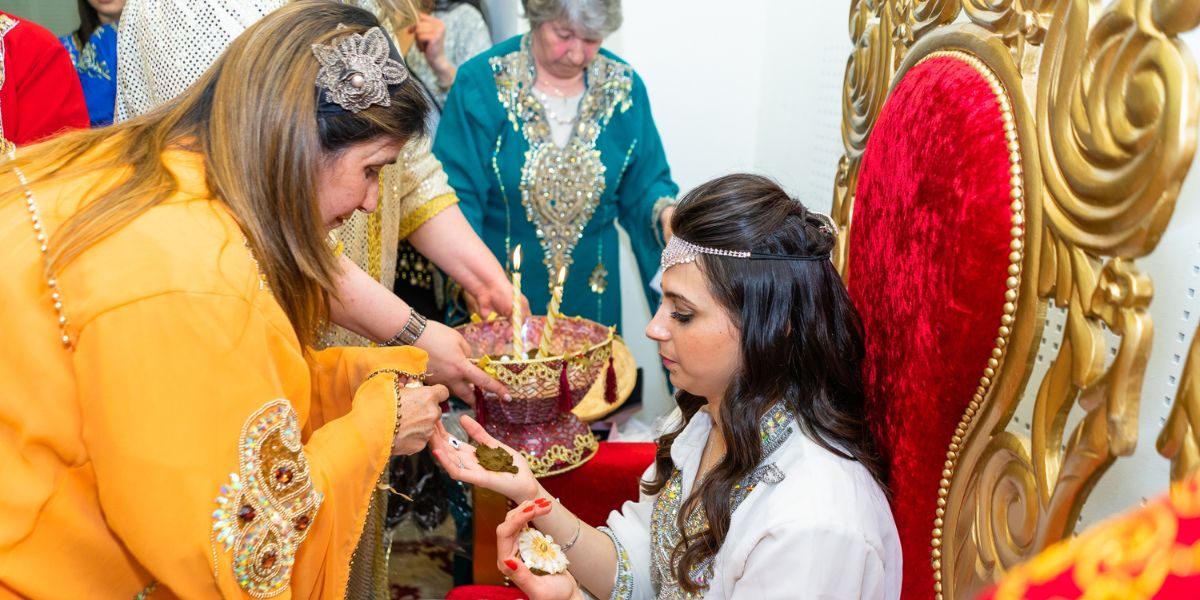
Modern Communities Celebrating Sephardic Traditions
Global Sephardic Communities
Modern Sephardic communities can be found worldwide, from North America to Morocco. Each preserves its rich and unique cultural characteristics while sharing a common heritage. Today, Sephardi Jews number between 1.5 million and 2 million globally. Below are several Sephardic communities that keep their culture and traditions alive through various initiatives, such as education and youth programs.
- For instance, in the United States, the Sephardic Tradition and Recreation (S.T.A.R.) instills communal values, pride, and continuity among Sephardic youth through programs and events designed to reinforce the core elements of Sephardic identity.
- In the Netherlands, The Crescas Institute offers various courses for Jews and non-Jews interested in Judaism, Jewish culture, and Hebrew.
- The Izmir Jewish Heritage Project in Turkey renovates synagogues and enables locals to get acquainted with Sephardic Jewish culture and cuisine through an annual festival that includes Jewish and Ladino music, traditional food, and lectures on Izmir’s Jewish community.
Community Organizations
Organizations in the Sephardic community are passionate about continuing the rich legacy left by their ancestors, working tirelessly to preserve traditions, foster a strong and unified community, and educate the younger generation on their heritage and culture, as well as the importance of its continuation and growth. Here are some of the most prominent organizations in North America dedicated to this important mission.
American Sephardi Federation
The American Sephardi Federation strives to preserve Sephardic history and culture by documenting and preserving the history, traditions, and diverse culture of Sephardic Jews as an integral part of the Jewish experience. It also works to ensure that today’s Jews feel pride in the Sephardic community’s contributions to civilization.
The ASF creates high-profile events, exhibitions, scholarly and cultural conferences, and various publications. It supports research and scholarships, the ASF Institute of Jewish Experience, the National Sephardic Library & Archives, and the Sephardi House Fellowship on campuses. As a member of the Conference of Presidents of Major American Jewish Organizations and the World Jewish Congress, the ASF represents the Sephardic Voice in diplomatic and Jewish communal affairs.
The Sephardic Brotherhood
Founded by descendants of Jews from Salonica (Thessaloniki), Greece, the Brotherhood’s mission is to support the financial, social, educational, and religious welfare of Sephardic families whose lineage derives from the Ladino-speaking Jewish communities of Turkey, Greece, and the Balkans.
The organization also aims to reconnect young Sephardic Jews with their roots through scholarship programs, a Sephardic Birthright Israel trip, and the Young Professionals Network.
SAMI (Sephardi American Mizrahi Initiative)
After Sephardic and Mizrachi college students expressed their frustrations of being unheard and unseen, SAMi was established to empower these students to explore their unique identities and culture and encourage their engagement and representation in campus life.
The organization offers programs that promote learning about Sephardi and Mizrachi heritage, building bonds between Sephardi and Mizrachi and Muslims, young professionals programs, themed holiday events, heritage trips to Central Asian and Middle Eastern Countries such as Baku, Georgia, Israel, Morocco, Turkey, United Arab Emirates, and Uzbekistan, and more.
Festivals and Events
There’s nothing like a celebration to pull a community together, promote cultural awareness, and encourage pride in your heritage! Throughout the year, special events and festivals celebrate the diversity and culture that evolved from the Spanish diaspora. Going to a festival is a great way to learn more and meet others who share a similar passion for Sephardic traditions and history!
International Ladino Day – International
Since 2013, International Ladino Day celebrations have been held worldwide in Israel, Turkey, Spain, and the United States. These celebrations incorporate lectures and concerts by acclaimed authors and musicians. After Jewish migration from Spain to the Ottoman Empire, Europe, and North Africa, Ladino, also known as Judaeo-Spanish, was the common language that united Sephardic Jews from these different cultures.
Although the number of Ladino speakers is a fraction of what it once was, young Sepharadim, eager to embrace their heritage, are experiencing a surge of interest in the language today!
Izmir Sephardic Culture Festival – Turkey
From the first day of Hanukkah until the day the last Hanukkah candle is lit, the Izmir Sephardic Culture Festival works to preserve, share, and introduce the Sephardic culture to the public. The Sephardic community of Izmir has been an essential part of the city’s fabric since the 16th century, and their contributions to the local culture can still be seen and felt today!
The festival holds concerts, discussions, and film screenings that highlight the Sephardic traditions, history, and influence in İzmir.
The International Sefardi Music Festival – Spain
The International Sephardi Music Festival has been held annually in the Botanical Garden of Córdoba since 2002. Participants can enjoy concerts performed by international and local Sephardic artists, along with discussions and conferences that will leave festival-goers with a deeper understanding of Sephardic culture and Ladino’s unique role in uniting the Spanish diaspora.
Córdoba is a city with centuries of Jewish history, so be sure to take a day or two to explore its Jewish Quarter and the 14th-century Córdoba Synagogue!
New York Sephardic Jewish Film Festival – United States
Hear modern Sephardic voices in this two-week film festival that celebrates history, tradition, and the Sephardic diaspora impact via première screenings, movies, and powerful documentaries about Jewish communities of the Mediterranean and Asia, including Morocco, Yemen, Ethiopia, Kurdistan, Iran/Persia, and India, as well as the Sephardi descendants of the Jews expelled from Spain. Attendants can also enjoy director Q&As and the Pomogranate Awards.
Intergenerational Transmission
As the younger generation of North American Jews becomes further removed from their ancestors and heritage, it has become increasingly difficult to preserve their Sephardic identity. Many feel marginalized in educational settings that lack Sephardic prayer options or programming that recognizes the significant Sephardic contributions made to Jewish literature, philosophy, the arts, and rabbinic perspectives on modern Jewish issues.
Today, instead of being labeled as simply “Sephardic” or “non-Ashkenazi,” many young Jews are embracing their distinct heritages and cultures, such as Ladino-speaking, Moroccan, Greek, Tunisian, or Turkish. They use social media to tell their stories and share their experiences as modern American Jews from a Sephardic point of view, which until recently was rarely conveyed.
Thanks to their desire to be heard and explore their Sephardic heritage, many educational and cultural initiatives that emphasize the Sephardic experience have been established across the country. One such initiative made in collaboration with the Sephardic Brotherhood of America is The Sephardic Digital Academy, which was launched in 2020, offering more than 350 classes and online lectures on topics such as contemporary Jewish issues from a Sephardic perspective, women in the Sephardic tradition, Torah, and Sephardic history, and more. These classes are taught by leading Sephardic scholars, thinkers, rabbis, professional chefs, and community organizers.
Do you have Sephardic roots but have never visited your ancestral homelands? Join us on one of our exclusive experiences to discover where you came from. Gil Travel offers a variety of organized and private Jewish heritage tours to Spain, Portugal, Morocco, Brazil, and more.
